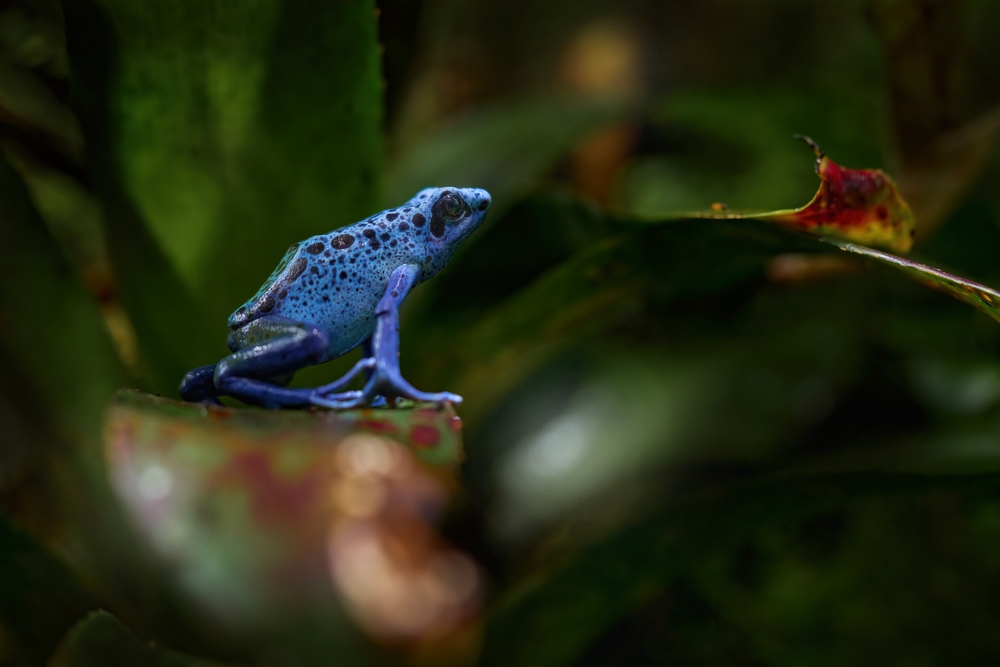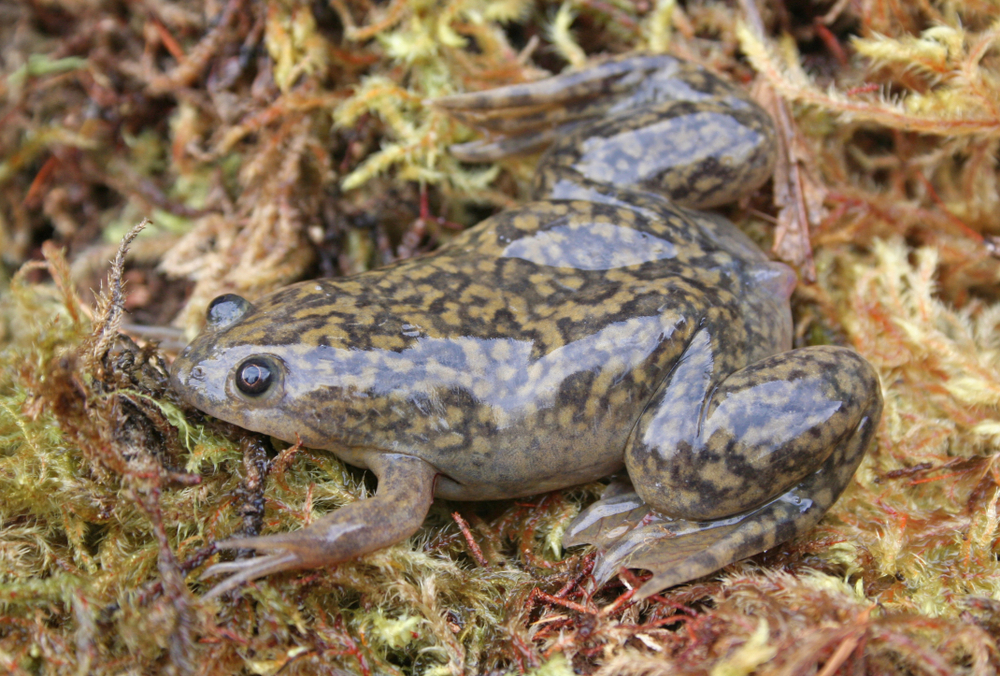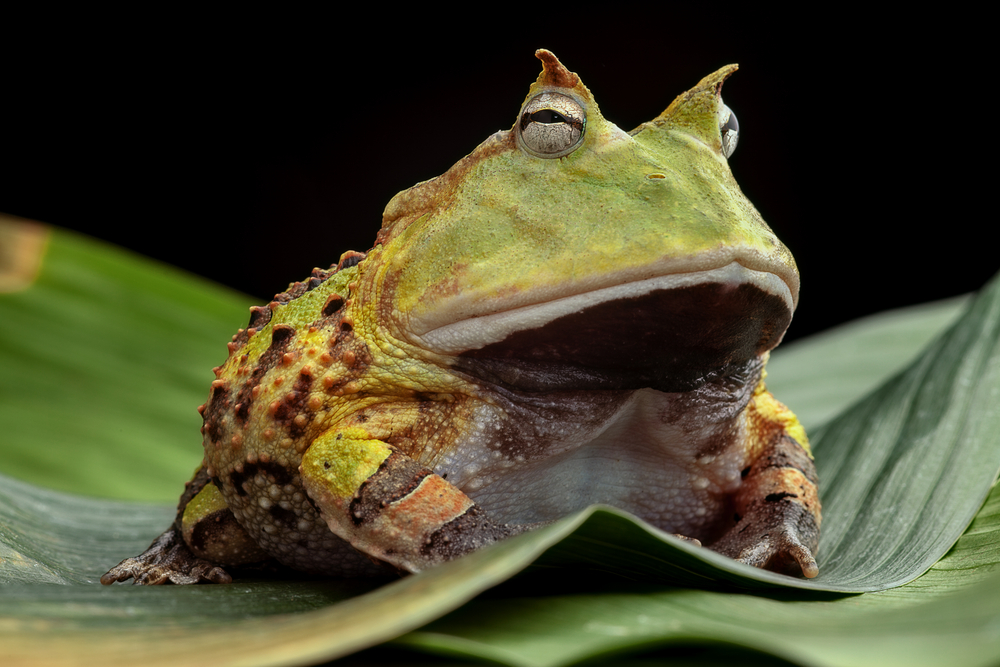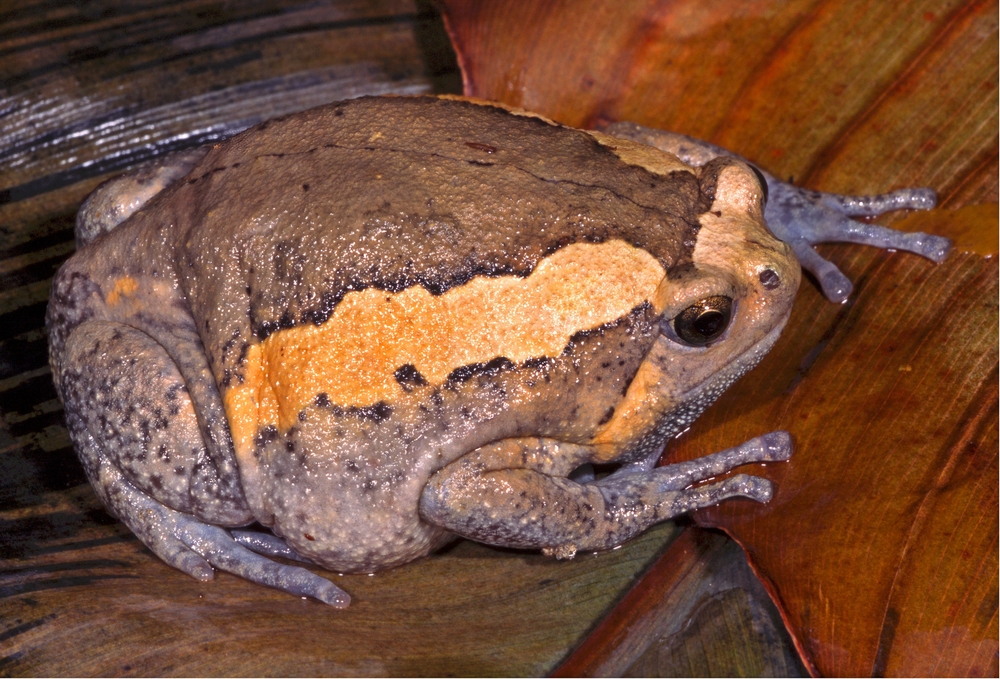The Blue Poison Dart Frog (D. tinctorius “azureus”) is a color morph or geographically isolated population of Dendrobates tinctorius, commonly known as the Dyeing Dart Frog.
Closest relatives include:
-
Dendrobates tinctorius (main species) – Found in French Guiana and other parts of Suriname, typically yellow or white with black
-
Dendrobates leucomelas (Bumblebee Dart Frog) – Bright yellow and black, similar size and behavior
-
Dendrobates auratus (Green and Black Dart Frog) – Similar toxic profile and parental care, but found farther west in Central and South America
These frogs are all part of the Dendrobatidae family, known for:
-
Aposematic coloration
-
Toxin production (derived from diet)
-
Complex parental care behaviors






































































